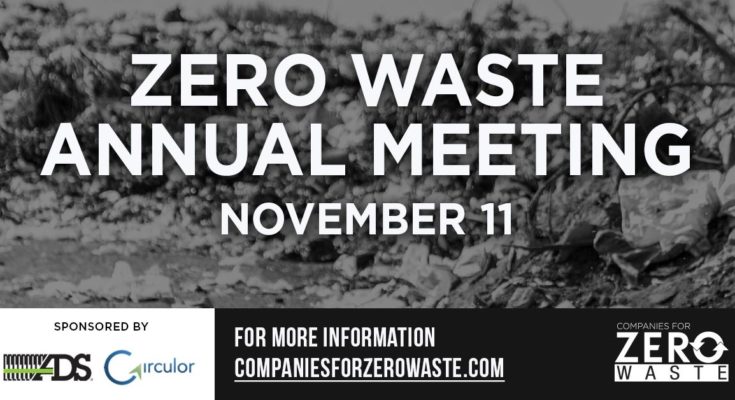Climate change is no doubt the most high-profile public policy issue nowadays. The public’s concern about climate change has spiked and shows no sign of waning down. Its effect has made its way to banking corridors.
Move to Recycled PVC Plastic Cards
HSBC rolled out a new program that aims to phase out single-use PVC plastic payment cards and pave way for recycled PVC plastic (rPVC) by the end of 2026 in all of its global locations.
This initiative- which encompasses HSBC’s commercial, debit, and credit cards- is in line with the bank’s plan to cut on its carbon emissions and attain net zero in its supply chain and operations by 2030 or sooner.
Collaborating with IDEMIA, the global card manufacturer, they will roll out the new cards little by little in all of their locations.
Rollout kicked off in Malaysia in January 2021 and will carry on in Sri Lanka in April; then by the UK in the summer. It will continue across more countries and markets by the close of 2021, such as Australia, Indonesia, Singapore, Canada, Macau, the US, Mexico, and the UAE.
Effect on Plastic Waste
As of now, HSBC issues 23 million cards annually. The bank believes that the migration to rPVC will cut CO2 emissions by 161 tons yearly. Additionally, each card will bring down plastic waste- 73 tons every year, equal to the weight of more than 40 cars.
Richard Harvey, HSBC’s group head of retail banking, states: “This is another step as we move towards a net-zero business, to help the bank and our customers make a positive impact on the environment.”
“We look forward to working with HSBC as it migrates its card portfolio worldwide to rPVC,” stated IDEMIA’s Executive Vice-President for Financial Institutions Amanda Gourbault. “Manufactured from waste materials, rPVC cards significantly reduce plastic waste, which is one of the most pressing problems of our world.”
The recyclable cards are part of HSBC’s ambitious plan to give precedence to financing and investment that reinforces the migration to a net-zero global economy- and aids to set up a thriving, resilient future for businesses and society.
The Road to Being a Net Zero Bank
The plan’s main goal is to lower financed emissions from their portfolio of clients to net-zero by 2050 or even sooner, in accordance with the aims of the Paris Agreement. To aim at being a net-zero bank, the bank plans to:
Align its financed emissions, that is, the carbon emissions of its portfolio of customers, to the Paris Agreement, plans to reach net-zero by 2050 or sooner
Leverage the Paris Agreement Capital Transition Assessment Tool (PACTA) to come up with clear, measurable routes to net-zero.

Make consistent, transparent disclosures to convey its progress according to the Taskforce on Climate-Related Financial Disclosures guidelines, and urge their customers to strive for the same
Work with peers, industry bodies, and central banks to marshal the finance system towards a universally consistent, future-proofed standard to gauge financed emissions and a working carbon offset market
Attain net zero in their own supply chain and operations by 2030 or sooner
To achieve this, they are amping up their support for clients who wish to move to more sustainable ways of carrying out business. They plan on providing between USD 750 billion and USD 1 trillion of investment and finance by 2030 to aid in achieving this goal.
Research Findings on Sustainability
The move could also be as a result of their client base becoming more focused on climate change. Research by Mintel, carried out on behalf of the bank, discovered that 77 percent of the respondents agreed with the move to a sustainable society by the bank.
Additionally, 67 percent portrayed an active interest in sustainably manufactured payment cards, 92 percent were of the opinion that banks should be involved in environmental preservation, while 87 percent expected to be given eco-friendly cards.
Transition to Eco-friendly Finance
HSBC’s move is not new to the financial world. There have been other examples in the financial sector as companies in fintech strive to achieve ‘finance for good’, especially eco-friendly finance, to capture the market.
Other examples are Citi in banking, Finastra in fintech, and Treecard for payment solutions.
A survey by Deloitte shows that three-fifths of banking customers in the UK desire that their bank would act more towards creating a positive environmental and social impact.
The survey that collected views for more than 1,000 banking customers in the UK, sought to get a bearing of their awareness of the impact of their banks on society.
It also found out that more than 61 percent of customers would exit their bank if it was associated with any environmental or social harm, regardless of it having the best offer.
Among the reasons that would cause them to exit their bank, close to half of the customers (48 percent) said they would move their money if they discovered that their bank was bankrolling fossil fuels; while climate action (25 percent) and the planet’s life (17 percent) were also hailed as the most common environmental and social reasons for why customers would bolt from their bank.
Conclusion
The public’s interest in climate change shows no signs of going down, and this could see more innovation and financial services geared towards making a greener world.
However, it is yet to be determined whether these moves will produce a meaningful return and thus call for continued investment.
Recommended next,





















































































